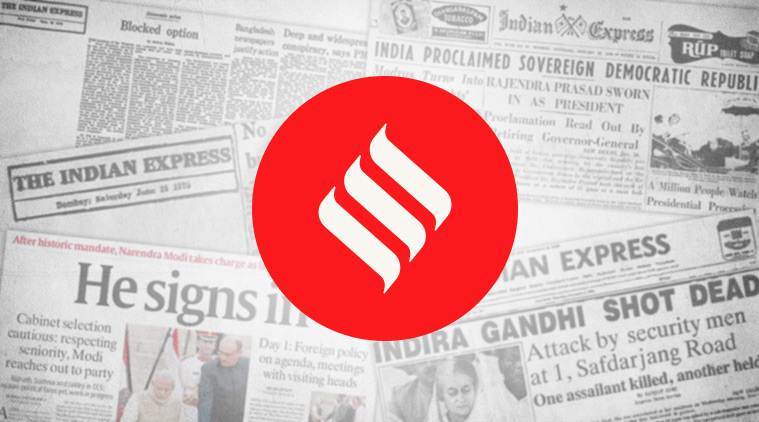
Engaging actively with the Indian diaspora has been a hallmark of Prime Minister Narendra Modi’s foreign policy, and the BJP’s ideology, since 2014. In almost every official foreign trip, PM Modi has interacted with the local Indian community. The event in Houston on Sunday was significantly larger than the others of its kind, including the two previous such interactions in the US.
And while the diaspora has thrived across the globe, they are much better integrated in the English-speaking world. The US, as a nation of immigrants, has more readily embraced talented Indians and at the same time, the organisation and mobilisation of hyphenated Americans is quite common. But even given this context, there is a great significance to the “Howdy Modi” event. The audience at the NRG stadium — 50,000 strong — was the largest any foreign leader has drawn other than the Pope. The PM displayed his ability to connect with an audience, to speak of India to Indians abroad.
And it is the first time an American president has joined a visiting leader at a diaspora event. As one of the wealthiest and fastest-growing minorities in the US, Indian-Americans are increasingly influential in US society and politics. And as a group drawn from the Indian middle classes, they are an important bridge to the US for India.
For Modi, there is a tactical calculus behind the event. The grand show is a way of mobilising the diaspora for India’s national development as well as a vehicle to further New Delhi’s diplomatic goals. The aim also appears to be to generate support outside the country for the PM’s political moves and those of his party, such as the erosion of Jammu and Kashmir’s special status, its bifurcation and downgrading to a Union Territory.
For Trump, who is running for re-election, the event was about reaching out to the large Indian-American community. This convergence of interests of the two leaders is being framed as a celebration of the Indo-US relationship and as a basis for expanding common ground and overcoming thorny bilateral issues like the trade imbalance.
However, the bonhomie between the President and the Prime Minister did not hide some of the downsides that emerged from the event. Modi seemed close to crossing the red line on intervening in US domestic politics when he nearly endorsed Trump’s re-election — “ab ki baar, Trump sarkar,” he said.
He was also unable to resist the temptation of criticising Pakistan, albeit indirectly. On the other hand, while Trump talked of combating radical Islamic terror and India’s border security, New Delhi cannot ignore Trump’s recent outreach to Imran Khan. President Trump continues to have a stake in the development of the US-Pakistan relationship and the outcome of his meeting with Khan in New York may not necessarily please Modi.
On a positive note, the prime minister’s decision to highlight India’s pluralism as an intrinsic part of its identity is a welcome assertion, given that Home Minister Amit Shah’s statements on immigration and language policy recently engendered widespread fears of India’s monochromatisation under the present government.